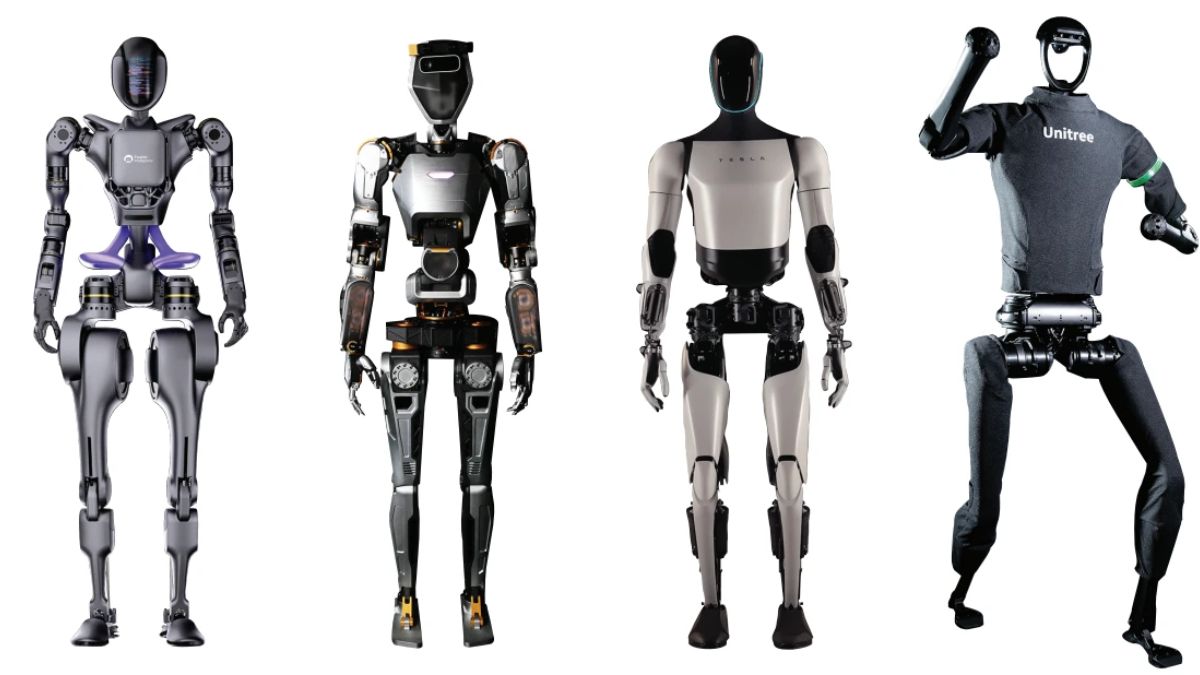
Advertisement
Engineers at the University of California San Diego have unveiled a groundbreaking humanoid robot capable of a wide range of expressive movements, including dancing, waving, and even hugging. This development brings us a step closer to a future where robots can interact with humans in a more natural and engaging manner.
The new robot stands out not only for its agility but also for its ability to maintain balance on various surfaces such as gravel, dirt, and inclined concrete. The innovative design allows the robot to perform complex gestures and movements while ensuring stability.
The technology behind this robot involves sophisticated training methods. Engineers utilized motion capture data and dance videos to teach the robot diverse human body motions. By training the robot’s upper and lower body separately, they enabled it to execute intricate arm movements while its legs focus on maintaining balance.
Beyond its impressive dance moves, the humanoid robot holds practical potential in several domains. Its enhanced expressiveness could revolutionize human-robot interactions in environments like factory assembly lines, hospitals, homes, and hazardous sites such as laboratories or disaster areas. Professor Xiaolong Wang, who led the research, envisions these robots as tools for building trust and improving human-robot collaboration.
Currently, the robot’s movements are controlled by a human operator using a game controller, which manages its speed, direction, and specific actions. Future versions are expected to feature autonomous capabilities with built-in cameras, allowing the robot to navigate and perform tasks independently. The research team is focused on refining the robot’s design to enhance its range of motions and gestures.
This development was recently presented at the 2024 Robotics: Science and Systems Conference in Delft, Netherlands. The presentation marks a significant advancement in robotics, aiming to shift public perception of robots from intimidating to friendly and collaborative.
As technology progresses, robots like this one may become integral to daily life, offering support in ways that are intuitive and expressive. The future of human-robot interaction looks increasingly dynamic, with these advances setting the stage for more interactive and engaging relationships between people and machines.
